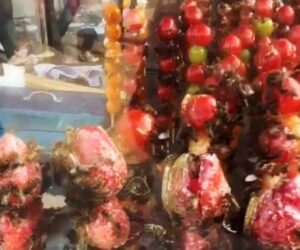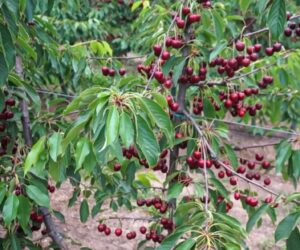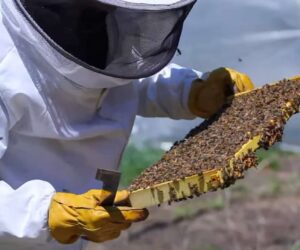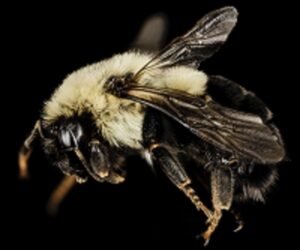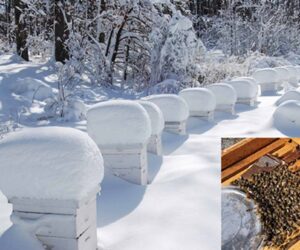
Honey bees survive winters in cold climates by forming a thermoregulating cluster around the honey stored in the colony. Recent research showed overwintering colony losses are linked to a specific metabolic pathway connected to how bees apportion their energy resources. (Jay Evans and Judy Chen, ARS, NewsX/Bee)
